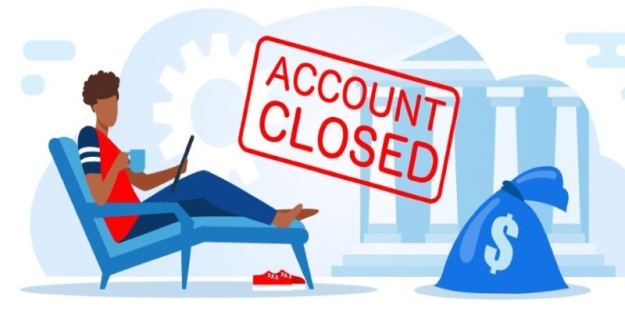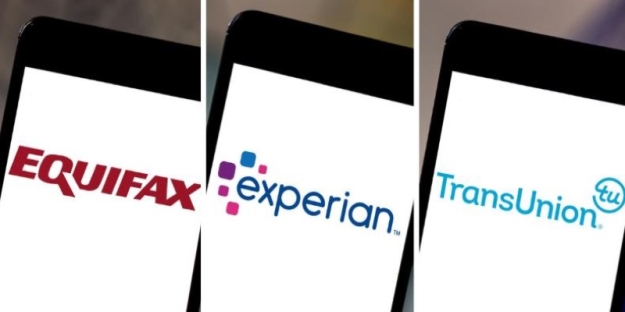What To Check In Your Credit Report Before Applying
Thinking of applying for a loan, credit card, or mortgage? Your credit report will play a massive role in the outcome. But what exactly should you be looking for before you hit "submit" on that application? Even minor errors can significantly impact your approval chances and the terms you're offered. Here's a practical breakdown of what to check, step by step.
Personal Information Accuracy
Your details form the foundation of your credit file. If they are incorrect, it can cause mismatches and delays during the application process. Look closely at your name for spelling mistakes, missing middle names, or inaccurate initials.
Make sure your date of birth is correct, as an error could make your file look like it belongs to someone else. Address history is another critical point—if one of your previous addresses is missing, lenders might not see accounts linked to it, making your credit history look shorter than it is.
Open Accounts And Balances
Go through all your active credit accounts, including credit cards, personal loans, auto loans, and mortgages. The balances and limits reported can directly affect your credit utilisation ratio, which is a significant factor in your score.
Be cautious of accounts you no longer use but are still listed as open, incorrect balances that have not been updated after payment, and duplicate accounts showing the same debt. A card you closed years ago, but still appears open with a balance, could hurt your approval chances.
Payment History
Your payment record is one of the most influential parts of your report. Even a single missed payment can remain for years. Look for missed payments, incorrect late payment dates, and accounts wrongly marked as sent to collections. For example, a "30 days late" note for a payment made on time but posted late by the lender can be disputed if you have proof.
Closed Accounts

Closed accounts should be marked with accurate closing dates. Positive closed accounts can help your score by showing a history of responsible use. Make sure the account you closed isn't marked as "closed by lender," which could suggest the account was shut for risk reasons. Also, check that the full positive payment history is still visible, as sometimes older accounts disappear entirely, which can shorten your credit history.
Credit Inquiries
Hard inquiries appear when you apply for credit, and too many in a short time can make you look risky. Check for any inquiries you didn't authorise, as this could be a sign of attempted fraud. Make sure older inquiries past the two-year reporting period have been removed. If you see a lender name you don't recognise, investigate it immediately.
Public Records And Negative Marks
Negative records such as bankruptcies, foreclosures, or tax liens can have a profound impact on your application prospects. Ensure bankruptcy dates are accurate, verify that any satisfied judgments or liens are updated to show payment, and check that there are no duplicate entries. If a lien you paid years ago still appears as unpaid, it could unfairly damage your profile.
Old Debts And Charge-Offs
Debt collectors sometimes re-report old accounts as if they are new, which can keep them on your file longer than allowed. Check the date of first delinquency carefully—this determines how long the debt should stay.
If an account’s open date has been changed to a more recent time, it may be an attempt to re-age the debt. For example, a collection from 2016 should drop off after seven years, not be re-dated to stay longer.
Signs Of Fraud Or Identity Theft
Your credit report is one of the first places fraud shows up. Look for accounts you don't recognise, addresses where you've never lived, and lenders or collection agencies you've never dealt with. An unfamiliar store credit card issued in a state you've never visited could mean someone is using your information without permission.
Credit Utilisation Ratios
Even if the balances are correct, your utilisation ratio may be higher than you'd like at the time you apply. Review both your overall utilisation—total balances divided by total credit limits—and the utilisation on each card. One maxed-out card can still hurt your score even if your total utilisation is low. For example, having three cards with two at zero balance and one at 90% used can be a red flag.
Reporting Dates
The timing of when lenders report your balances can affect how your credit looks during an application. Check the last reported date for each account to make sure recent payments are reflected. If your balance hasn't been updated since a large payment, your utilisation may appear higher than it is. Multiple late updates across accounts can make your file look inconsistent.
How To Dispute Errors?

If you find mistakes, you can dispute them with the credit bureaus—Equifax, Experian, and TransUnion. Gather documentation that proves the error, such as bank statements or account letters, and submit your dispute online, by mail, or by phone. The bureau is required to investigate, usually within 30 days. Providing clear proof often speeds up the correction process.
Preparing For Your Application
Once you’ve reviewed your report and corrected errors, you can take steps to strengthen your profile. Pay down high balances a month or two before applying so they are reflected in the updated report.
Avoid opening or closing accounts right before applying, as these changes can temporarily lower your score. Make sure all recent payments are made on time, as lenders will see your most current history.
Checking Your Credit Report Regularly
You are entitled to a free credit report from each major bureau once a year through AnnualCreditReport.com. Requesting one every four months from a different bureau gives you year-round visibility into your file.
For instance, check Equifax in January, Experian in May, and TransUnion in September. This helps you catch and fix problems before they affect essential applications.
Staying On Top Of Your Financial Profile
Your credit report is more than just numbers—it’s your financial reputation in writing. Reviewing it before you apply for new credit gives you a chance to correct errors, detect fraud, and present the strongest possible profile to lenders. Taking the time to check now could mean better approval chances, lower interest rates, and fewer surprises later.